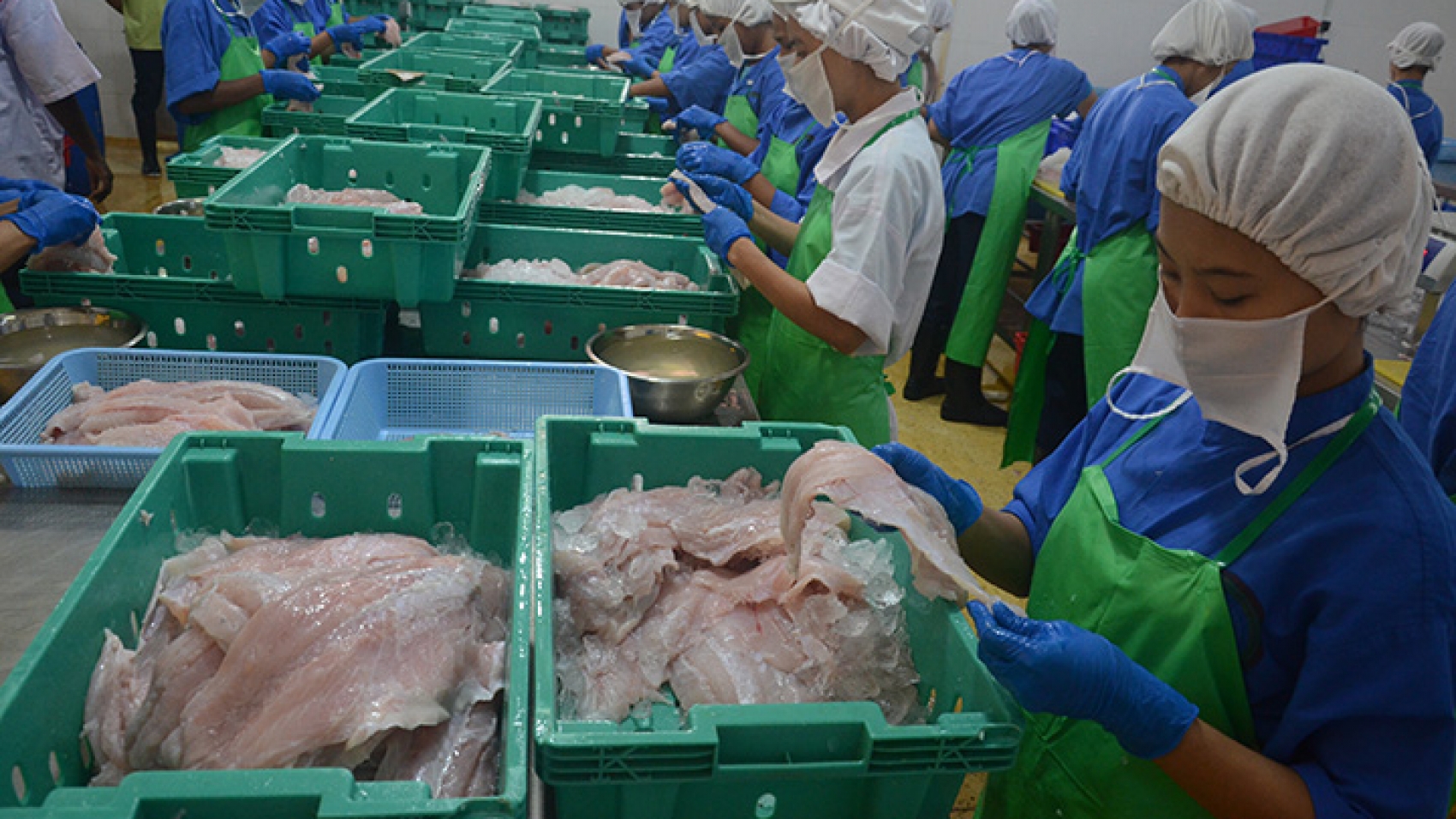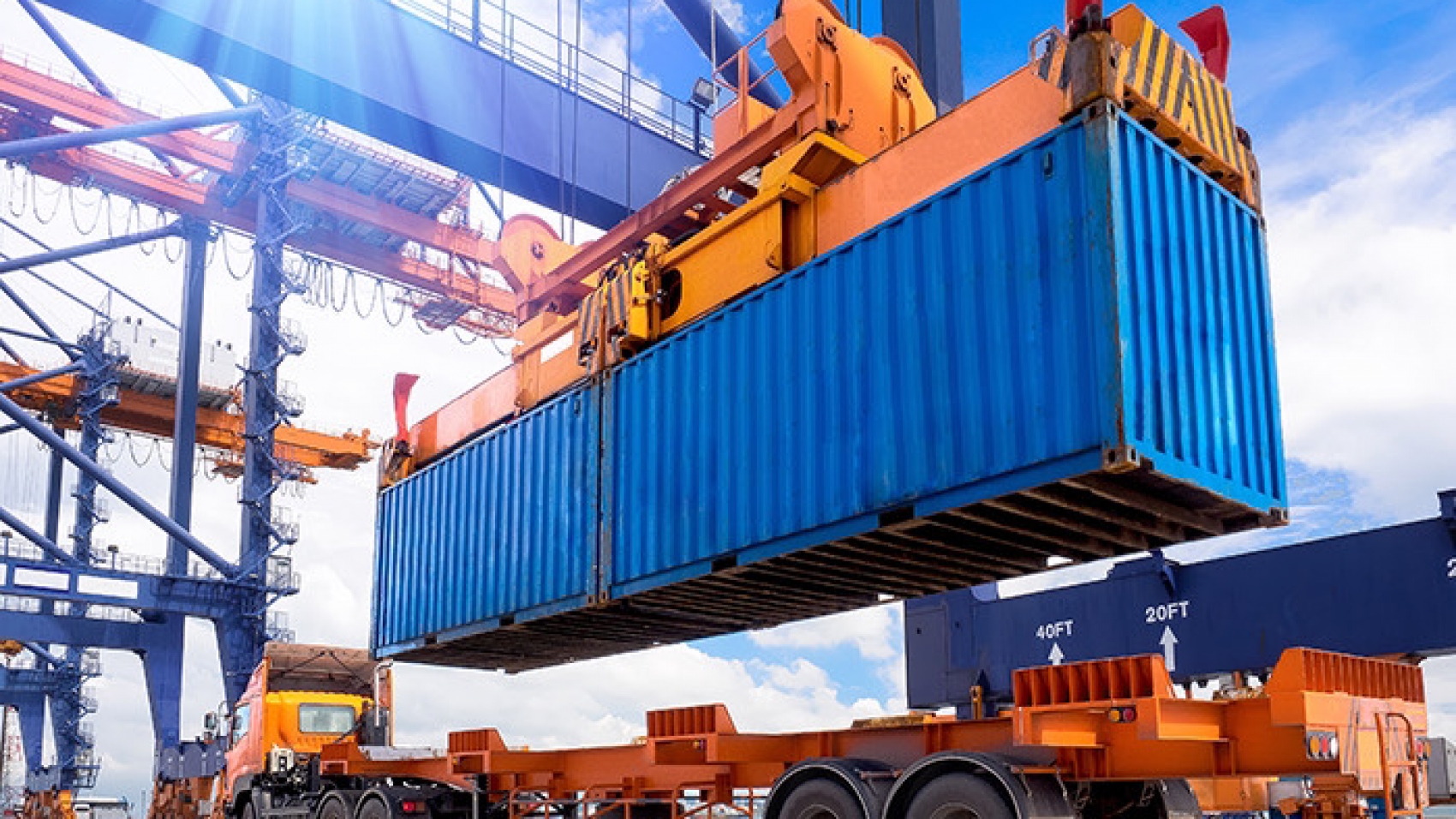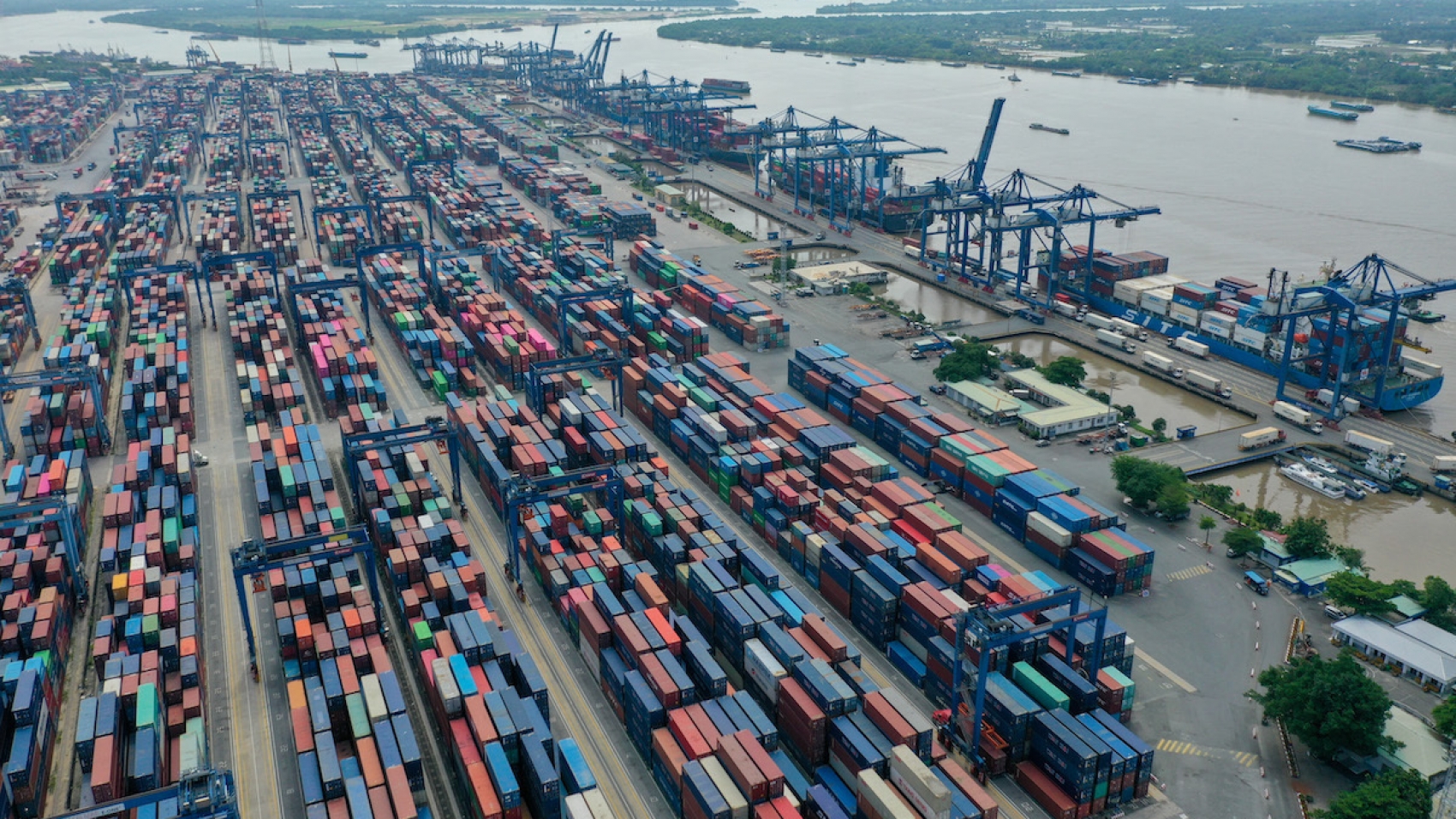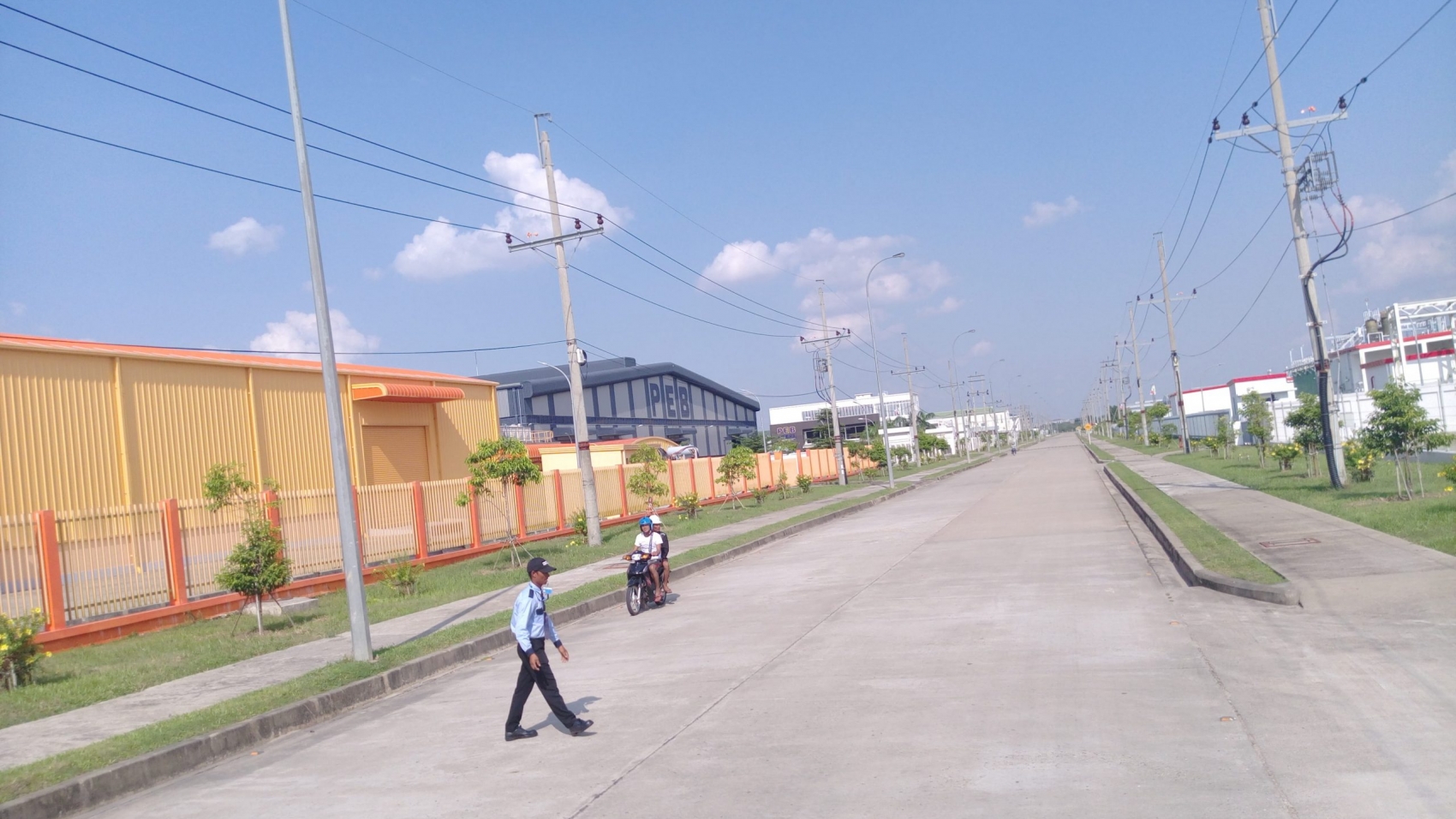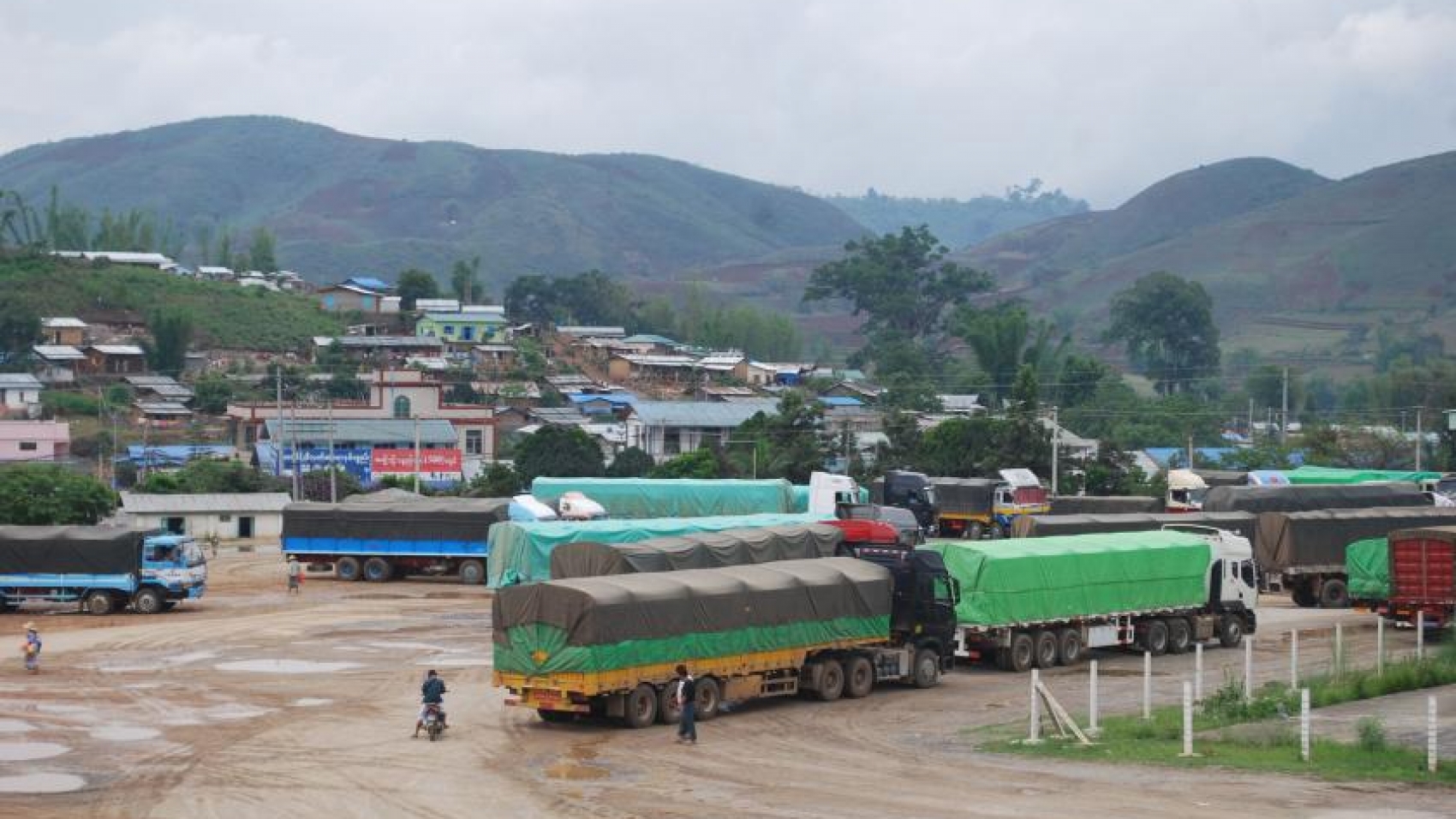Myanmar Fisheries Federation (MFF) is attempting to grow fishery export regardless of the COVID-19 disruption on maritime trade, closure of land borders and fuel oil price instability. Chinese market constitutes about 65 per cent of Myanmar’s fishery exports. The federation is making concerted efforts to achieve the target recorded last year, MFF stated. Despite the open season of offshore fishing, Myanmar’s fishery export industry is facing a series of challenges such as fuel oil price instability, the surge in container shipping rate, the closure of border posts, disruption of maritime trade and the COVID-19 negative impacts.
Consequently, it will harm the export sector somehow in thelong term. The fishing industry is experiencing the oil price hike. A 40-feet container costs US$1,400- US$5,000. As a result of this, some businesses are likely to be suspended. The trade route is required to return to normalcy in order to facilitate the trade. If the border post resumes the trade activity, the trade will go smoothly. The closure of the border posts is triggered by the COVID- 19 threats. The cross-border between Myanmar and Bangladesh is still open for trade.
The federation is planning to export fishery products to Bangladesh. Myanma Port Authority is also ensuring smooth freight flow with non-stop operation. The federation is attempting to tackle these fishery export hurdles, said Dr Toe Nanda Tin, senior vice-president of MFF. The marketable fish products, especially fish, shrimp, eel and crab from Taninthayi and Ayeyawady regions and Rakhine State are primarily exported to foreign markets. The federation is turning to the Bangladesh market with export potentials. MFF is working together with the stockholders in the supply chain to have sustainable export growth.
Source: The Global New Light of Myanmar

